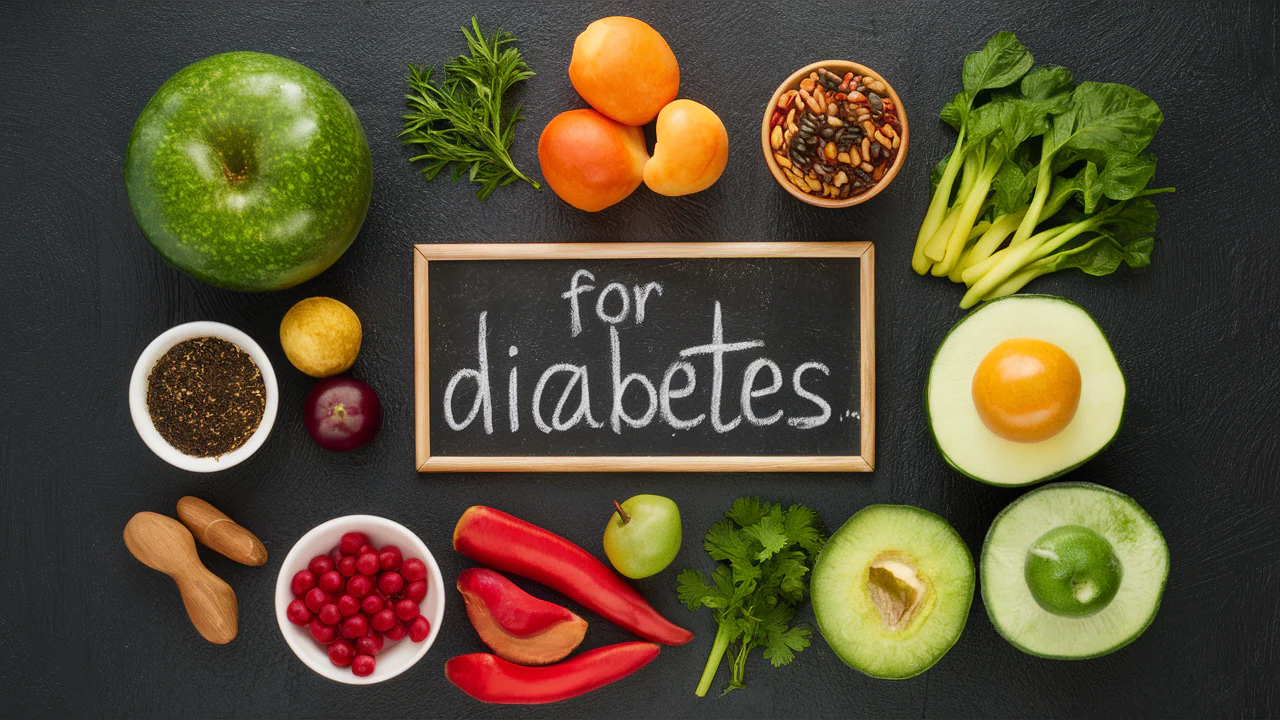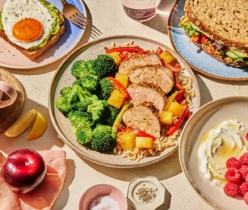Keeping your blood sugar in check isn’t important if you have diabetes, something everyone should strive for. Once your blood sugar levels are stable, you will have more energy. You will be able to focus and concentrate more, and you can even lose weight. A blood-sugar-friendly diet is really just healthy eating that keeps your glucose levels steady throughout the day and doesn’t make you spike and crash to the point where you end up feeling sleepy or hungrier than you normally are.
Understanding Blood Sugar and Why It Matters
You might be fatigued, get cravings, or develop long-term health problems like insulin resistance or diabetes if your blood sugar levels become too high or too low.
Blood glucose or “blood sugar” is the main fuel source for your body’s cells.
What Is a Blood-Sugar-Friendly Diet?
A smart diet” highlights foods that help preserve stable blood sugar levels rather than cause rapid points. It is made up of whole, nutrient-dense foods like vegetables, lean protein, healthy fats, and easily digested carbs.
This is for Sugar control, heart, and overall health.
The Role of Carbohydrates in Blood Sugar Control
Carbs have the greatest impact on your blood sugar. The secret is to choose “compound carbs” such as oats, quinoa, and brown rice over refined ones like white bread or pastries.
Complex carbohydrates are also fiber, which slows digestion and may prevent some sugar from entering the bloodstream.
Healthy Fats: The Silent Heroes
Then, fat does not cause rapid blood sugar spikes; it makes you feel full for longer. Choose unsaturated fats, such as:
- Avocados
- Olive oil
- Nuts and seeds
These fats contribute to a healthier heart and improved blood sugar control when consumed in moderation.
Protein’s Impact on Blood Sugar Stability
Protein helps reduce the rate at which sugar enters the blood. The good sources of proteins are:
- Fish like tuna and salmon
- Chicken and turkey
- Eggs
- Beans and legumes
Simply adding protein to just carbs, however, can dramatically shift the way your blood sugar behaves.
Foods to Include in a Blood-Sugar-Friendly Diet
Whole grains
Whole Grains and Olives: How to Choose Whole Grains? Ingredients: To look for on the ingredient list include: Whole Wheat, Wheat Berries, Wheat flour, Oatmeal, Brown Rice, Partially Hydrogenated Oil (if any — it’s the trans-fat and should be avoided). They disintegrate gradually and a steady stream of glucose.
Lean Proteins
Fish, you can eat eggs, the flesh of animals, and proteins from plants. They help you keep your blood sugar stable. And beneficial for muscle repair.
Vigorous Fats
Add nuts, seeds, and olive oil to preserve a steady flow of energy and hormone manufacture.
Low-Glycemic Fruits
Since berries, apples, and pears are rich in fiber and antioxidants, they don’t cause your blood sugar to spike.
Non-Starchy Vegetables
Broccoli, spinach, cauliflower, and kale may not be very starchy — but that doesn’t mean they shouldn’t be part of your plate.
Avoid these foods:
- Sweet beverages and juices
- White bread and rolls, pasta, and pastries
- Salty processed snacks
- Sugary breakfast cereals
- Junk food
Meal Timing and Mindful Eating
The way to prevent your blood sugar levels from falling too low or rising too high is to eat nutrient-dense meals and snacks every 3 to 4 hours. Don’t skip breakfast, and don’t eat late at night. As a general rule of thumb, a good meal consists of half vegetables, one-quarter protein, and one-quarter complex carbohydrates.
How Fiber Benefits Blood Sugar
Promotes slow sugar absorption and digestion. Intention for ”at least 25-30 grams” of fiber a day from fruits, vegetables, whole grains, and beans.
Hydration and Glucose Homeostasis
Blood sugar can be affected by dehydration, so a bottle of water might be good for your health.
Life Tips to Support a Healthy Blood Sugar
- Workout for 30 minutes
- Manage stress with breathing or yoga
- Get 7-8 hours of good quality sleep
- No to late-night eating
- Test your glucose if you are at risk
Common Errors to Avoid
- Skipping a meal
- Depending on processed “diet” or “low-fat” foods
- Eating too much fruit that’s sweet
- Fading to detect the unseen sugar in sauces and drinks.
Conclusion
A blood sugar–friendly diet is not a “diet.” But a balanced and moderate diet. When you consume whole, nutrient-dense foods and a healthy diet, your body needs to manage glucose. Keep in mind that little adjustments can make all the difference and a blast of vibrant health.
FAQs
1. Can you lose weight on a blood sugar diet?
Yes, because blood sugar control also helps with hunger and reduces cravings, which could potentially aid weight loss. People who follow a diet achieve impressive weight loss results.
2. Are Fruits Bad for Your Blood Sugar?
No way. Stick to rare low-glycemic fruits such as berries and apples, and eat mindfully. But excessive eating can cause dangers.
3. How does stress affect the blood sugar?
Stress releases cortisol, which also raises blood sugar levels. Recreation, physical exercise, and rest of the mind are its remedies; they are curers.



